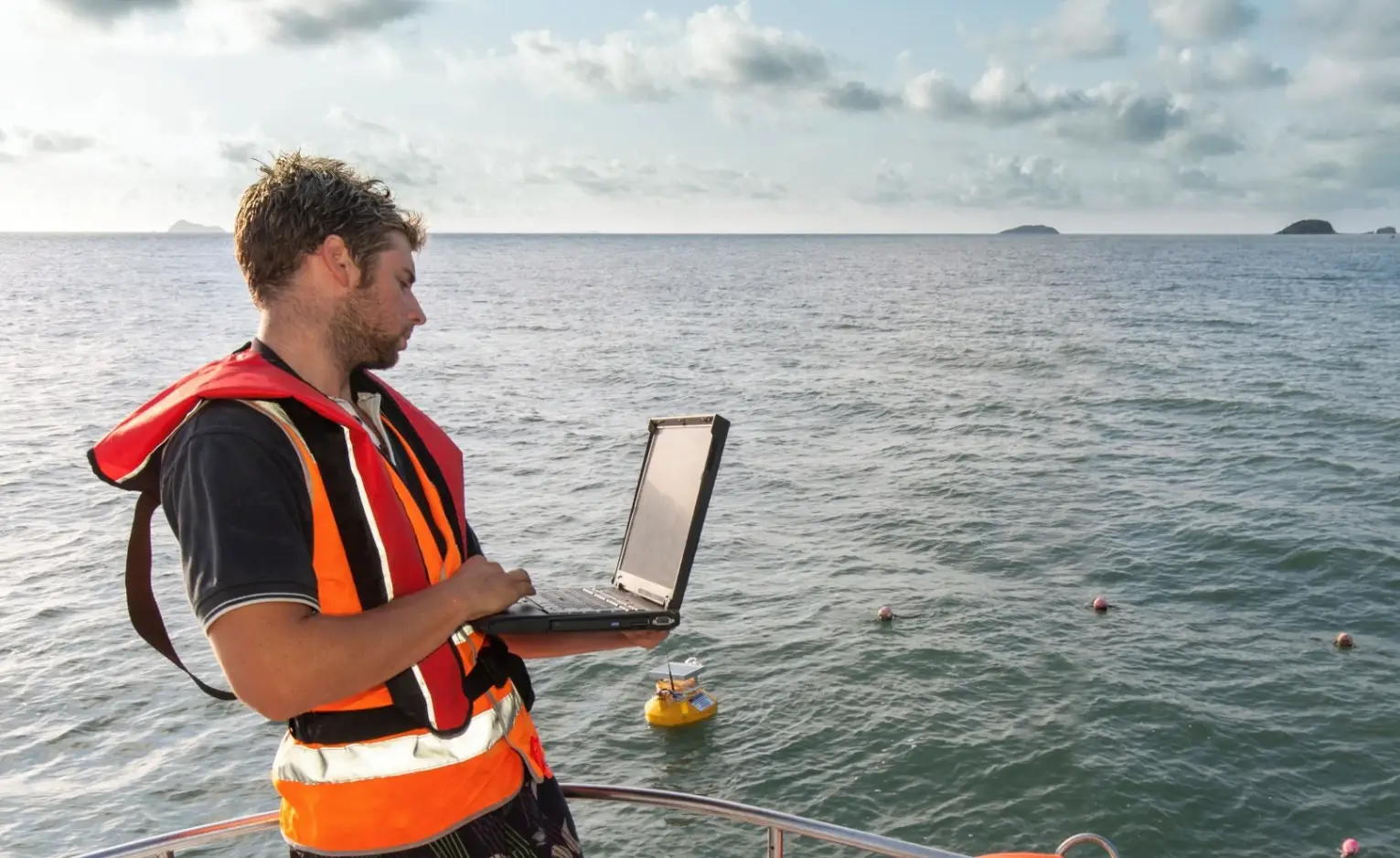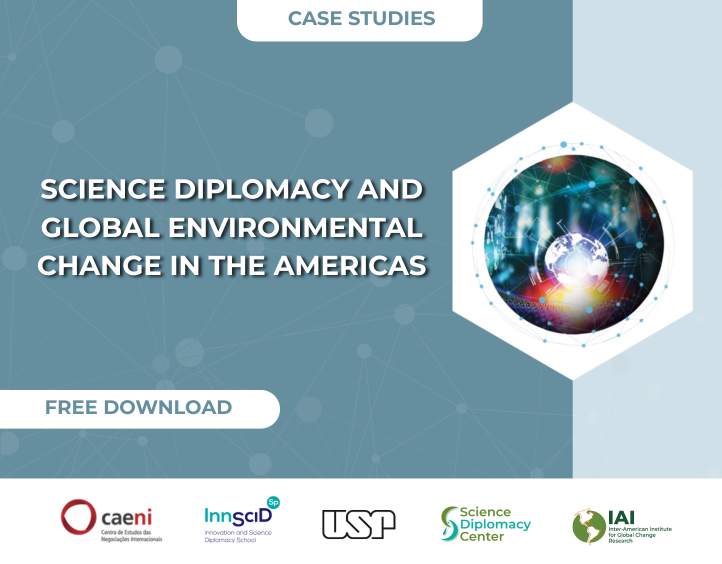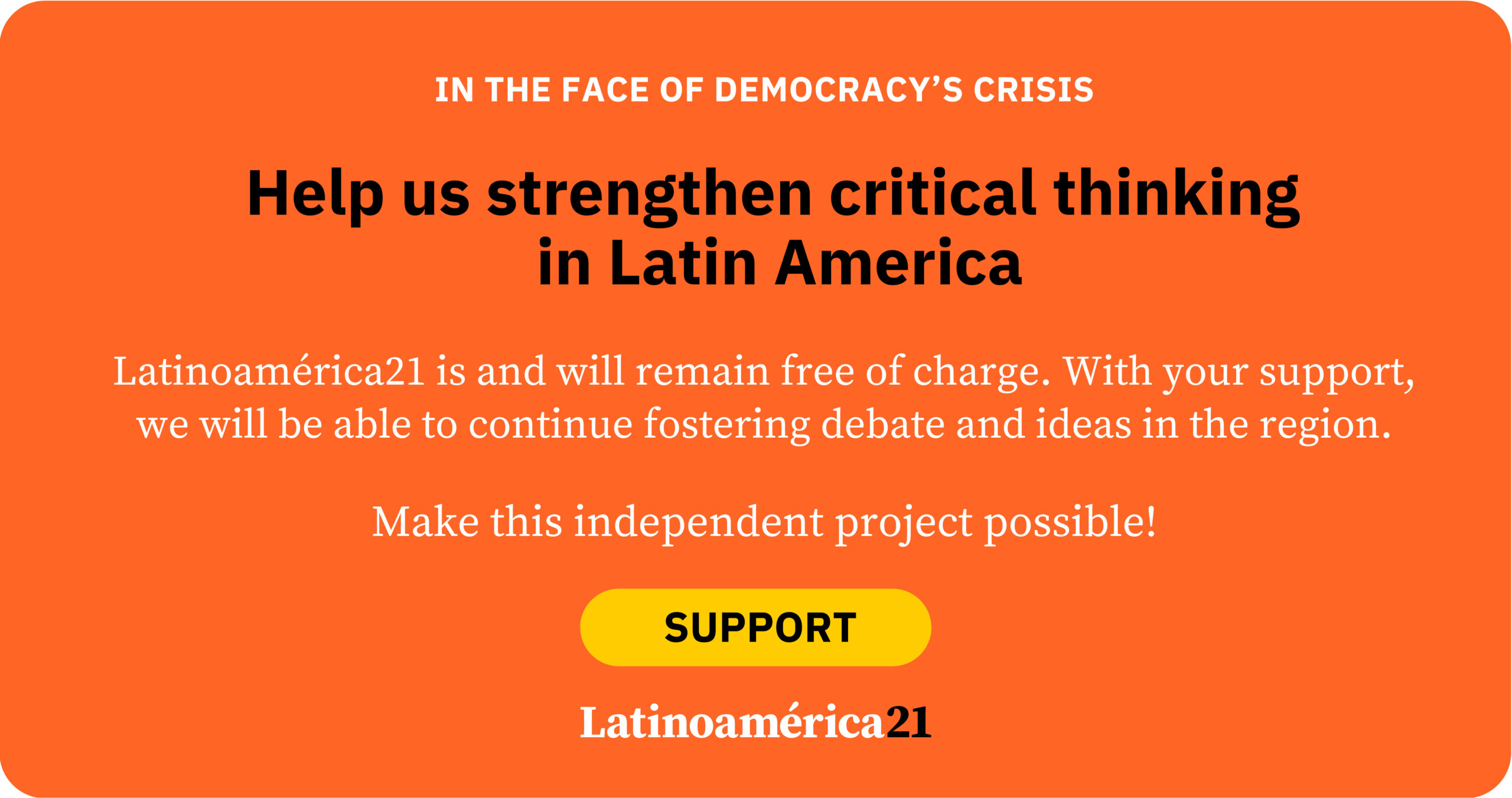Latin America and the Caribbean (LAC) is home to 19% of the world’s marine ecoregions. Bathed by the Caribbean, the Atlantic, the Antarctic, and the Pacific, these waters play a central role in regulating the global climate and are among the largest reservoirs of marine biodiversity on the planet. They are also home to 25% of the world’s marine biodiversity.
Brazilian and Caribbean mangroves are nurseries of life, storing billions of tons of carbon in the soil and trees, including leaves, trunks and roots, known as blue carbon. These ecosystems can store up to four times more carbon per hectare than tropical forests and also act as natural barriers against tropical storms, protecting coastal communities. In the Pacific, the Humboldt Current, one of the world’s most productive currents, is responsible for around 20% of the world’s fish catch, supporting the economies of Chile and Peru. In Brazil alone, the blue economy represents approximately 20% of GDP, and stands out as a strategic sector.
However, ocean acidification, caused by increased absorption of atmospheric CO₂ by seawater, threatens organisms such as corals, crustaceans and mollusks, and affects essential biological processes such as reproduction, shell and skeleton formation, chemical signaling and feeding behavior. Millions of tons of plastic, agricultural fertilizers and pesticides pollute the ocean, while overfishing and habitat loss threaten marine ecosystems. These cumulative pressures compromise biodiversity, ecosystem services and the livelihoods of millions of people, triggering a domino effect on marine life and key sectors such as tourism and fisheries, economic pillars of the region.
In addition, deep sea mining, which lacks effective international regulation and is driven by the growing demand for rare minerals, can release toxic sediments and heavy metals. This activity occurs in a complex environment, where impacts spread in several directions, affecting both the seabed and the ocean currents that connect different regions of the planet. At the same time, offshore oil exploration and transport, essential for global trade, increase the risks of oil spills and the introduction of invasive species and pathogens.
Climate change increases challenges to biodiversity, but its effects also compromise economies and human lives. Throughout the region, coastal and island communities face a dangerous combination of impacts, including warming oceans, rising sea levels, heat waves, extreme storm surges, torrential rains and flooding, tornadoes, hurricanes and coastal erosion. These phenomena threaten the survival of those who inhabit these territories, and jeopardize economic pillars such as tourism and port infrastructure, which shakes the entire productive chain of the region.
Climate and biodiversity crises need a blue planet
The Intergovernmental Oceanographic Commission of UNESCO has collaborated with 23 countries of the region in the implementation of Marine Spatial Planning (MSP), a public process of analysis and organization of human activities in marine areas. MSP seeks to reconcile, in a politically negotiated manner, ecological, economic and social objectives, which are essential for global ocean governance and for meeting the goals of international agreements, such as Climate and Biodiversity.
Nature-based solutions (NBS), such as ecosystem restoration and regenerative economy initiatives, are essential to reverse the collapse of marine ecosystem services and ensure socio-economic sustainability.
The integration of PEM and SBN offers a transformative pathway to align climate and biodiversity goals, accelerating efforts to map, restore and sustainably manage marine and coastal ecosystems and promoting both climate resilience and biodiversity conservation.
Financial mechanisms and opportunities
Some 23.2% of marine areas in Latin America and the Caribbean (LAC) are under some form of conservation, but the expansion and effective implementation of Marine Protected Areas is crucial to balancing economic growth and biodiversity conservation.
Initiatives such as Ecuador’s recent “debt-for-nature” agreement, which uses blue bonds to earmark US$12 million annually for conservation in the Galápagos Islands, highlight the potential of innovative financing mechanisms. Over 20 years, the initiative will mobilize US$450 million, establishing a promising model for the region.
Blue bonds have emerged as powerful instruments for financing environmental conservation and sustainable development, aligning preservation with sovereign debt reduction. Examples such as the Eastern Tropical Pacific Marine Corridor, which connects protected areas in Costa Rica, Panama, Colombia and Ecuador, demonstrate how multilateral collaborations strengthen ecological connectivity and conservation.
In Brazil, mangroves, Amazonian reefs and the world’s largest rhodolith bank highlight the country’s potential for blue carbon initiatives and biodiversity credits. In addition, the Abrolhos and Vitória-Trindade region, a candidate for Biosphere Reserve status, reaffirms its potential for blue bonds and reinforces Latin America’s position as a guardian of unique and strategic ecosystems on the planet.
Payment for environmental services policies can include traditional communities and Indigenous Peoples in biodiversity conservation, integrating them into national and regional plans and strategies. These initiatives promote regenerative economics and socio-environmental justice and recognize the active role of these communities in nature conservation, and can also support Nationally Determined Contributions (NDCs) and the implementation of National Biodiversity Strategies and Action Plans (NBSAPs).
The blue future of Latin America and the Caribbean: collapse or innovation?
The increasing vulnerability of marine wealth to global pressures demands urgent and coordinated action. With strong governance and public-private partnerships, Latin America and the Caribbean has the potential to lead the transition to a sustainable blue economy. The expansion of Marine Protected Areas and the use of innovative financial instruments strengthen biodiversity conservation, energize the regional economy and integrate with national and regional plans aligned with global agreements, such as those on Climate and Biodiversity.
This model prepares a transition to harness the natural capital of the Global South and provide essential ecosystem services, ensuring the livelihoods of millions of people and the health of the planet. Will Latin America and the Caribbean be victims of an imminent collapse or leaders of transformation?
*Text produced jointly with the Inter-American Research Institute on Global Changes (IAI). The opinions expressed in this publication are those of the authors and not necessarily those of their organizations.
Machine translation proofread by Janaína da Silva.













